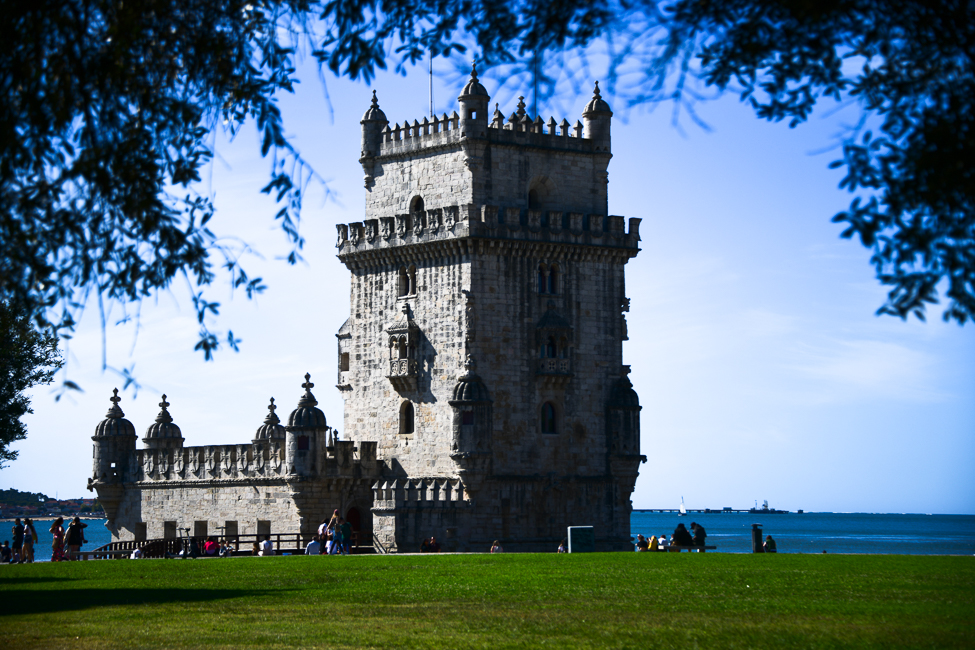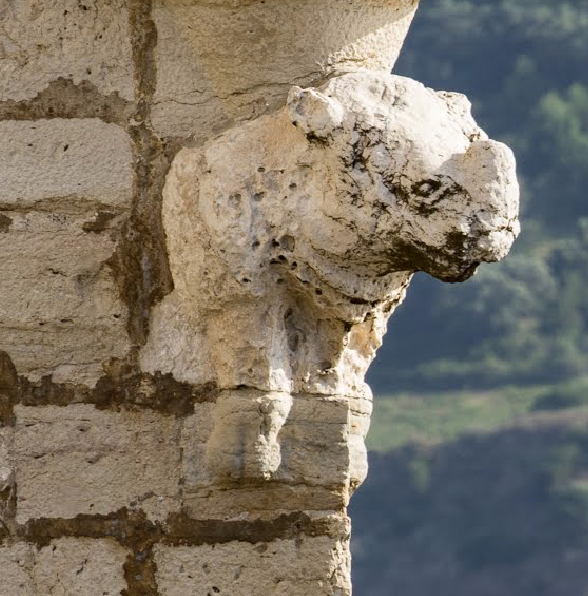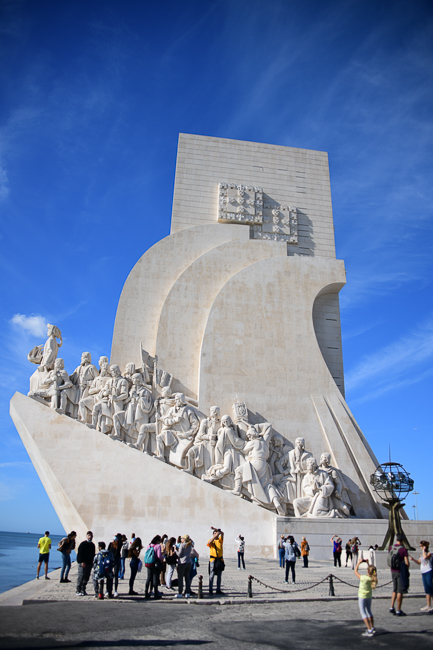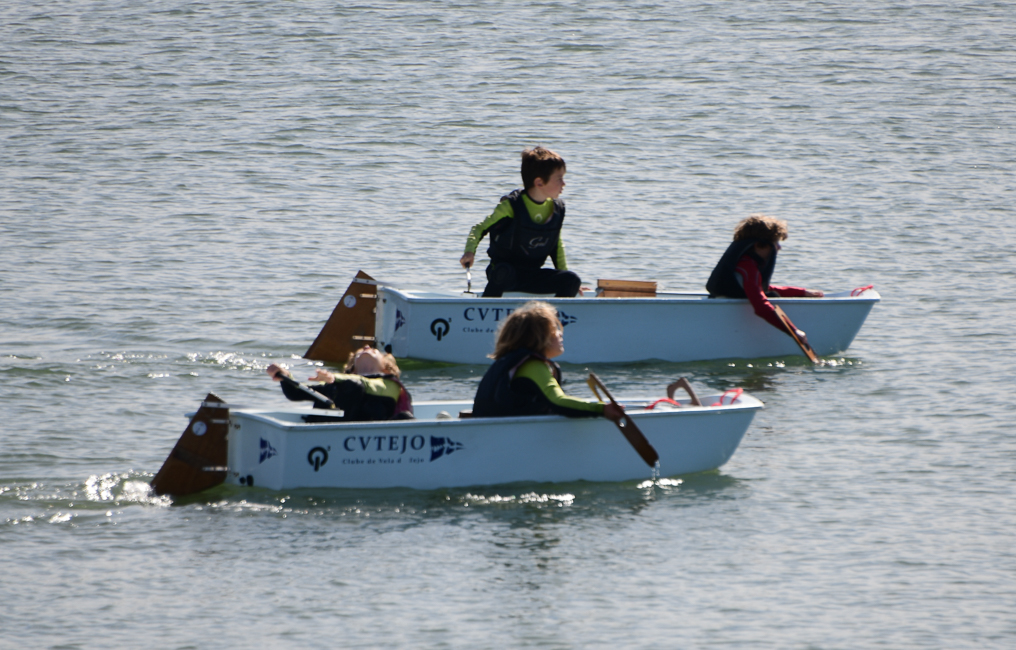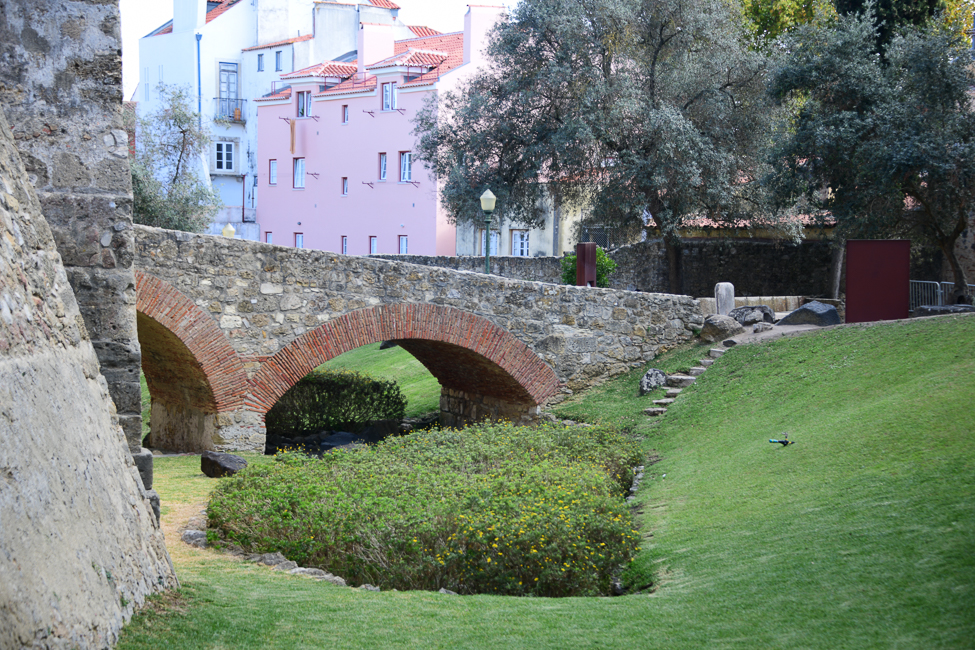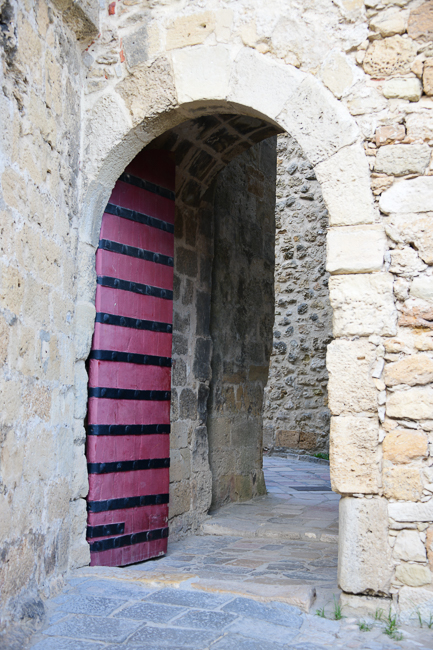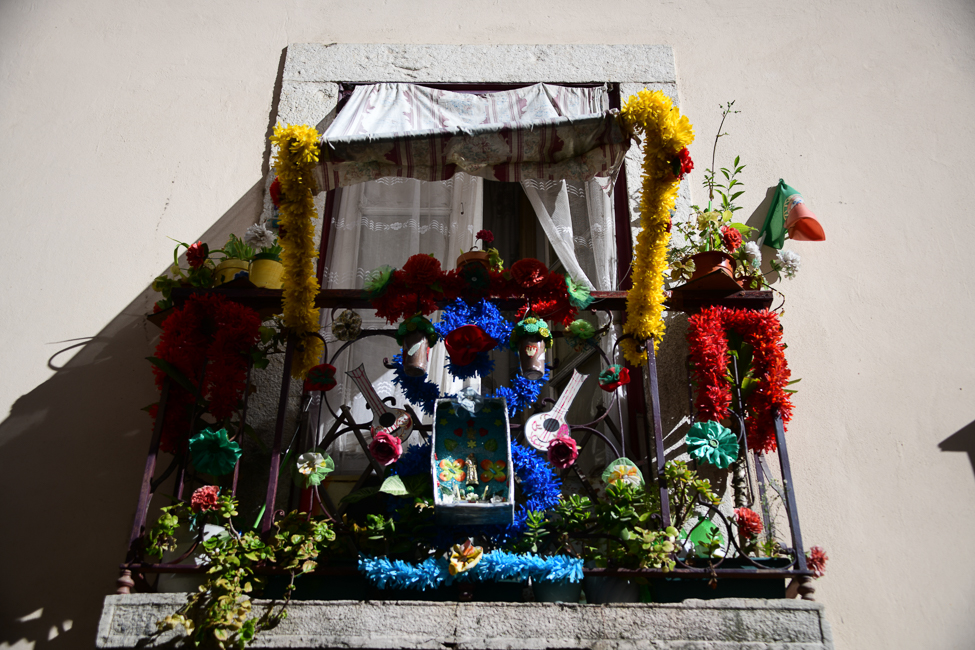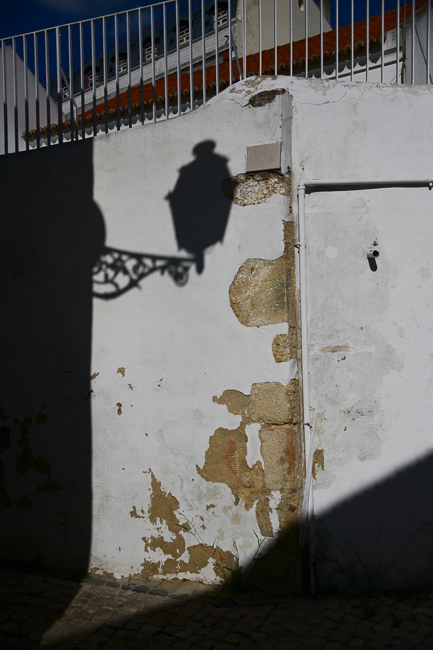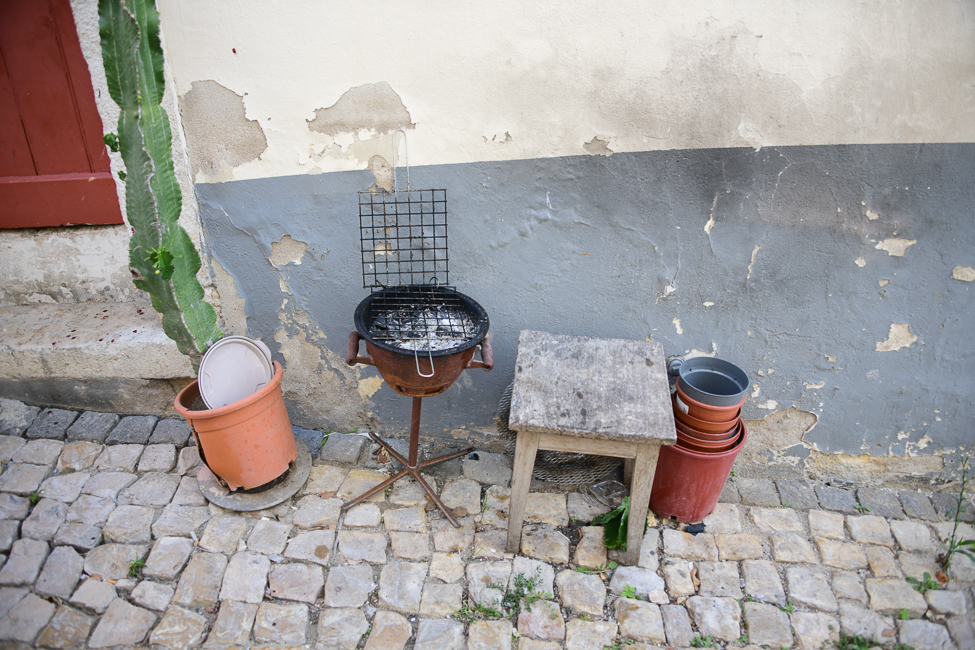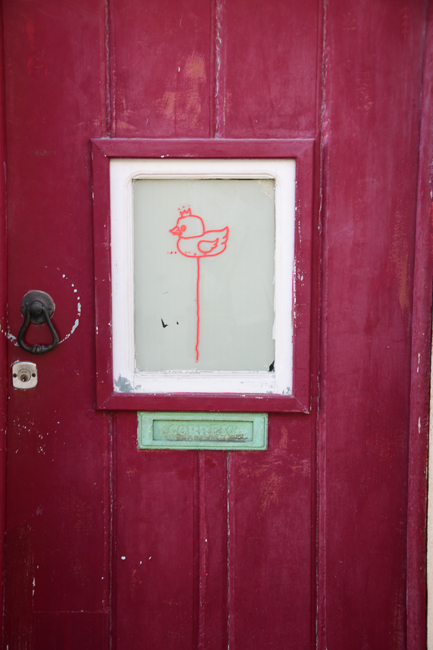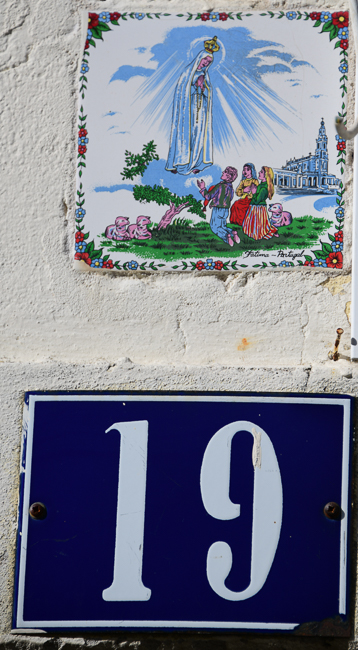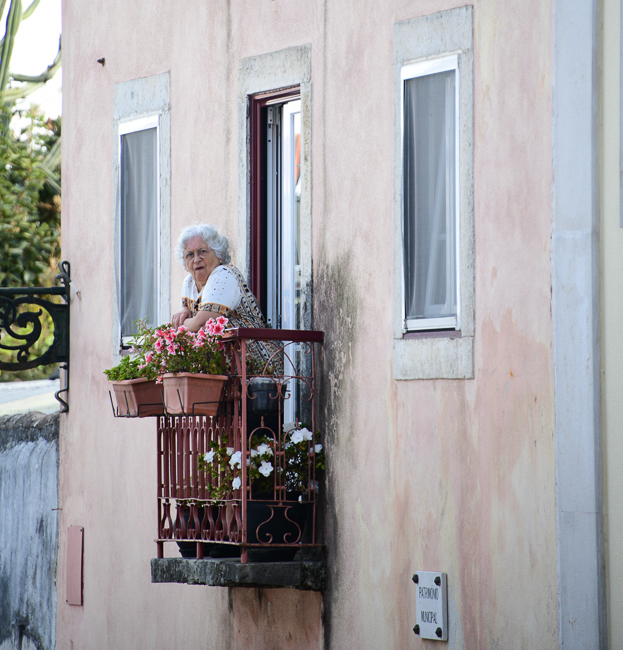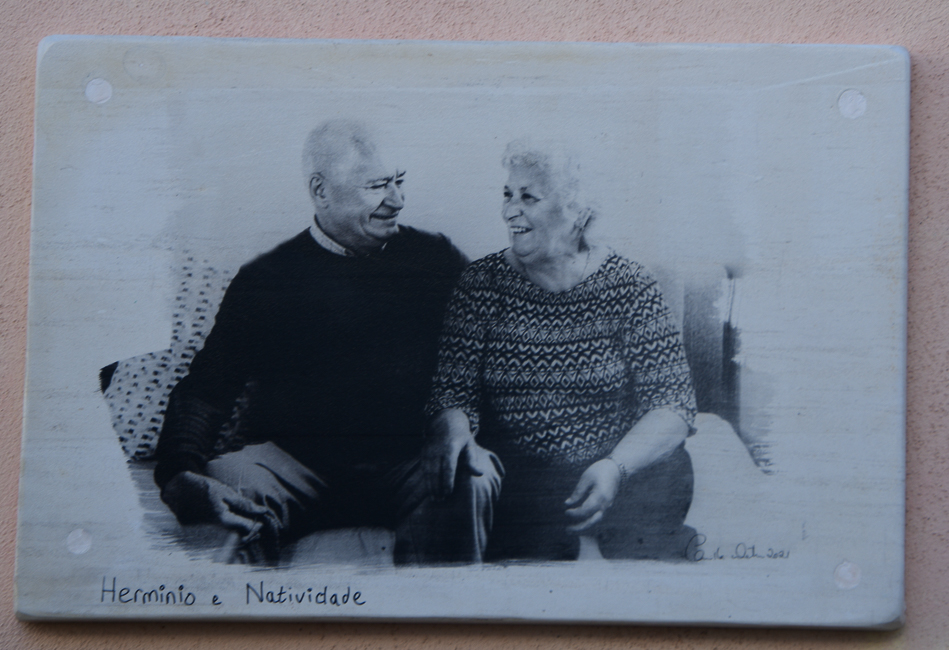October 2021
Lisbon sits on a Bay fed by the Tagus River and emptying into the Atlantic Ocean. For this reason, much occurs on the waterfront of Lisbon.
Belém Tower, officially known as the Tower of Saint Vincent, is a 16th-century fortification. The tower served as a point of embarkation and disembarkation for Portuguese explorers and as a ceremonial gateway to Lisbon. It was built during the height of the Portuguese Renaissance, and is a prominent example of the Portuguese Manueline, or Portuguese Late Gothic, style, with a lot of liberty taken to include some other interesting designs. It was made a UNESCO World Heritage Site in 1983. – Sadly the tower was closed on the day of my visit.
On the water side of the tower is a fast deteriorating sculpture of a rhinoceros. This is what made the Tower of Belem interesting to me. This sculpture portrays King Manuel I’s famous pet, the first rhinoceros since Roman times, to arrive in Europe. The story is long and, frankly, not terribly interesting, suffice it to say the poor animal was a gift to impress one king, then given to another, and eventually died, due to arrogance of kings and boredom by same said kings. What fascinated me, is that this rhinoceros was the reason for the infamous wood block by Albrecht Dürer.
Dürer prepared a pen sketch relying on a written description of the King’s rhinoceros. Dürer never saw the animal but his woodcut became so famous that for two centuries it was the only rhinoceros Europeans ever saw.
The Monument of Discoveries
This was originally a temporary structure, built in 1940, to honor Prince Henry the Navigator (who died 500 years earlier). It was also built to glorify the “feats” of Portuguese explorers for the propagandistic 1940 “Portuguese World Exhibition.” The monument was rebuilt in concrete and limestone in 1960.
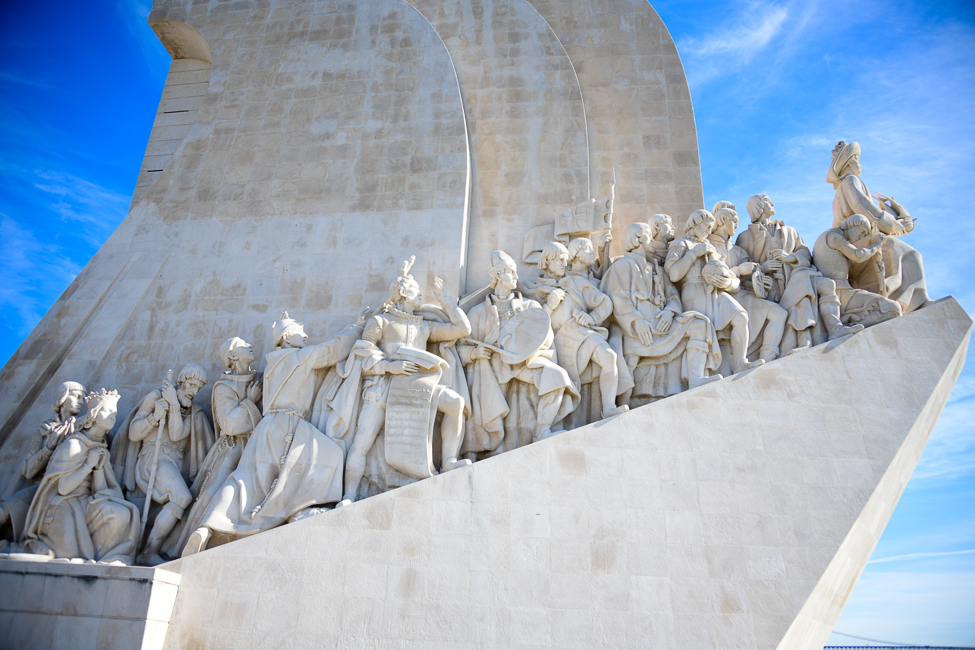 Built in the shape of a ship it is lined on two sides with 32 figures from the 15th and 16th centuries. There is, however, only one female figure, Prince Henry’s mother, the Queen.
Built in the shape of a ship it is lined on two sides with 32 figures from the 15th and 16th centuries. There is, however, only one female figure, Prince Henry’s mother, the Queen.
From the Monument you can see a replica of the Golden Gate Bridge and Rio de Janiero’s Christ the Redeemer.
OK, not exactly. While the bridges are similar in color, they aren’t as alike as you would think. But there is a SF/Lisbon connection, albeit, rather a thread. The company that built the Lisbon bridge built the SF-Oakland Bay Bridge. The Lisbon Bridge is the 44th longest suspension bridge in the world. The Golden Gate Bridge is the 18th. The upper platform of the Lisbon Bridge has six lanes of traffic, the lower, two train tracks.
The statue at the end of the bridge is called Christ the King. It was inspired by the Christ the Redeemer after the Cardinal Patriarch of Lisbon visited Brazil
The Castle of Saint George in the Alfama Area
The castle sits atop Lisbon’s tallest hill. The area was fortified even before the Roman occupation, with the Visigoths and the Moors leaving their mark as well. The castle is a restored version of the Moorish construction, which largely collapsed in the 1755 earthquake. It was also the royal residence, before the king decided to build a palace on the waterfront, which was also completely destroyed in the earthquake.
One visits, not for the rewritten history, but for the serene garden, the views and a fun walk around the little borough of Santa Cruz.
Fun sights I caught while walking around the exterior of the castle
I espied this woman staring at the inanity of tourism going on around her, and then later walked by the house. The neighborhood of Santa Cruz has placed photos of the elder of the residents throughout the borough, and as I walked by the house, there she was with her husband.
Lisbon runs at such a slower pace than so much of the rest of the world, that it is interesting to see how little I actually get done each day. At the same time, it gives one time to see the surroundings in a hole new light.
